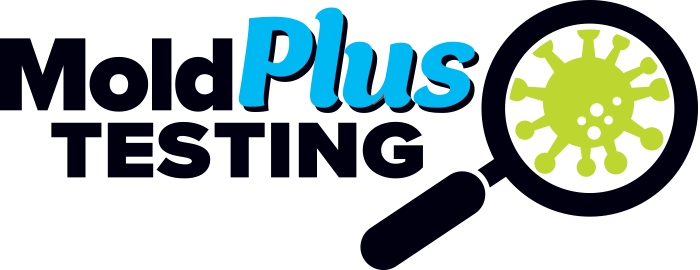Mold FAQ
Molds belong in the fungi kingdom along with many other organisms like mushrooms and yeasts. There are many species of mold; some say up to 100,000 different species. Molds are essential organisms to our environment. They feed on organic materials thereby causing biodegradation of natural materials. This natural phenomenon critical outdoors, but it is not desirable in large quantities inside a home or business.
Mold spores are tiny and invisible to the naked eye; they range between 4-20 microns (µm). To help put this into context, as many as 250,000 spores can fit on the head of a pin. Mold requires three things to grow: (1) food, (2) temperature and (3) moisture. Unfortunately, we provide “food” with our building materials and other organic products we have in our home or business. As for temperature, mold enjoys the same temperature we do, between 40-100°F. The final item mold requires is the only one we can control, moisture. Moisture can come in the form of water intrusion (e.g., leaky pipe, rainwater penetration, etc.) or humidity above 60% (e.g., running a shower without turning on the vent, turning off the HVAC system while on extended vacation, etc.). In short, to prevent mold from growing, moisture must be controlled.
Whether mold is dangerous or not depends on where it is growing and in what quantities. Mold is a fungus that is ubiquitous in nature, being found indoors and out. Molds have an especially important function on earth, primarily to break down dead organic material and recycle nutrients back into the soil. Problems arise when mold grows in large quantities indoors. In our homes or businesses, mold can cause some major issues. The first problem is that it feeds on the materials it is growing on and can cause structural damage. The second problem is that mold can cause health complications. Molds release spores into the air, which spread throughout its environment. These spores can cause allergic reactions and respiratory difficulty. A small number of molds can release metabolic byproducts called Mycotoxins. These byproducts are toxigenic and cause many illnesses.
Mold is found in nearly every environment including a certain amount found in every home and workplace. This is considered “normal fungal ecology”. It enters your home from the outside in many ways. It can be brought into your home by attaching itself to your clothes and shoes. Your pets can bring it in after spending time outside. It can also enter through your windows, vents, and heating & air conditioning systems. It is virtually impossible to prevent mold from entering our homes. Most of the time, it will land on surfaces throughout your home and stay dormant to be cleaned during normal home cleaning practices. Problems occur when mold lands on a surface that provides it with moisture thereby allowing growth. Therefore, the real problem when you have mold growing is the moisture source from which it is feeding.
This is a complex question and can have many answers. Infrequently, mold has taken root within your home and it will require professional remediation by licensed and trained contractors. This can be complex and, sometimes, costly work. Most mold remediation projects are relatively small and inexpensive to fix. In many cases, a homeowner can clean the mold themselves (i.e., when the mold covers less than 10ft2 or there is no risk of hidden damage).
